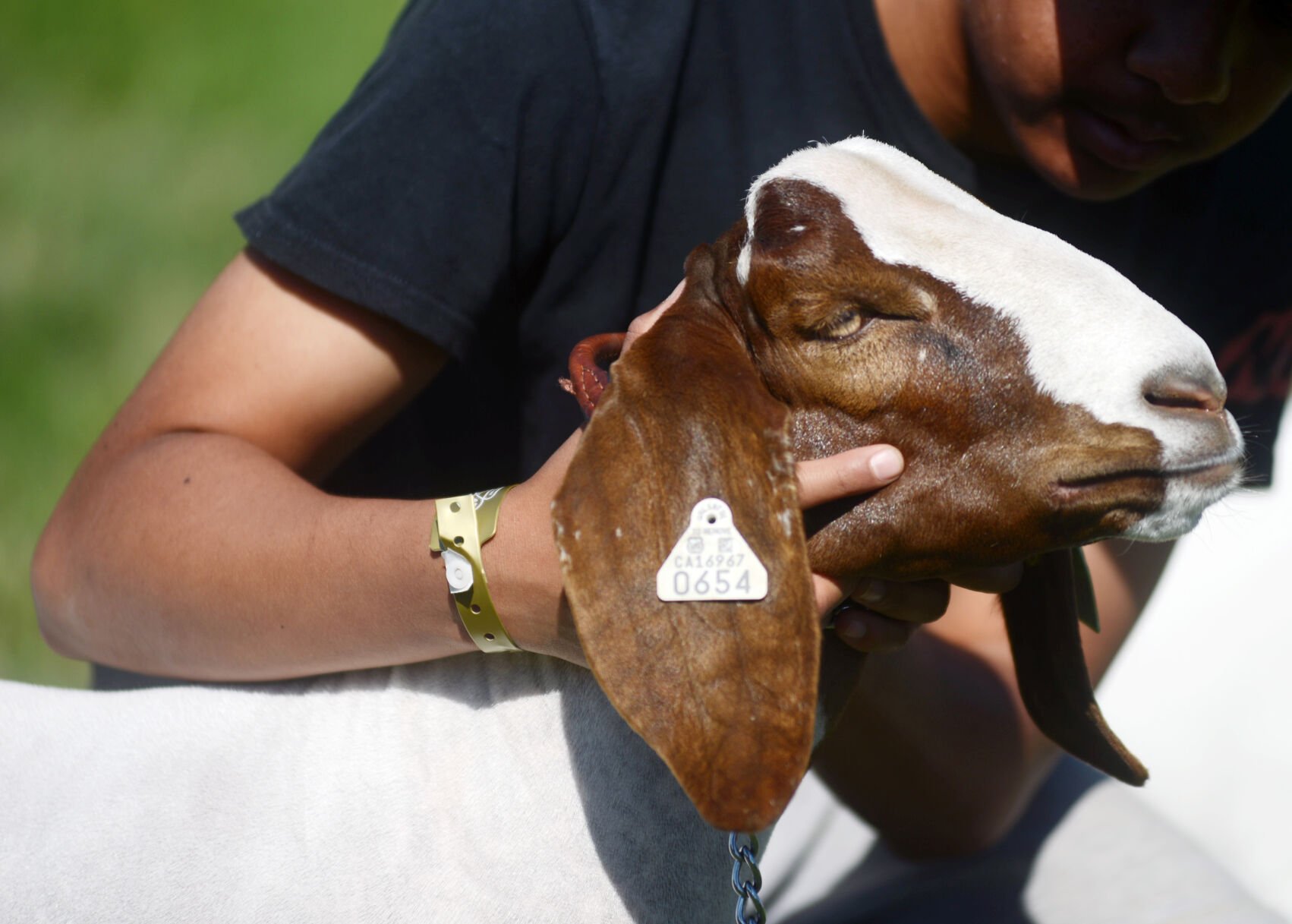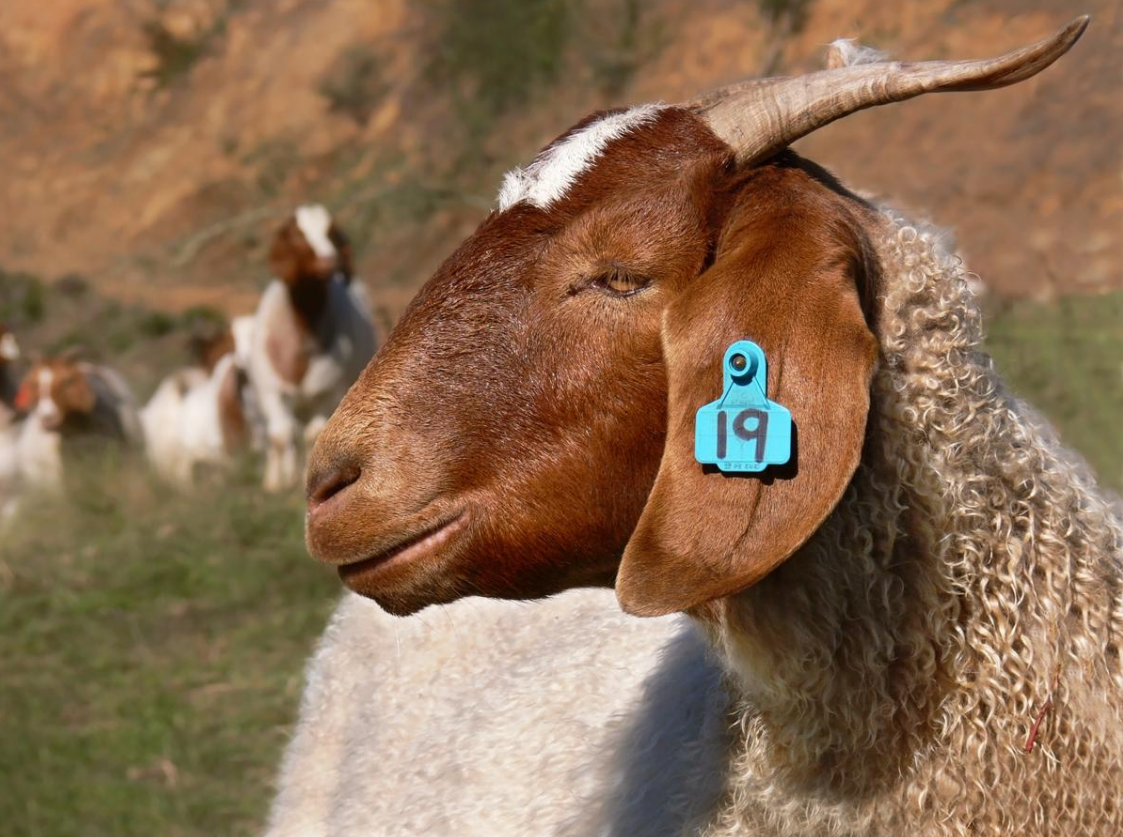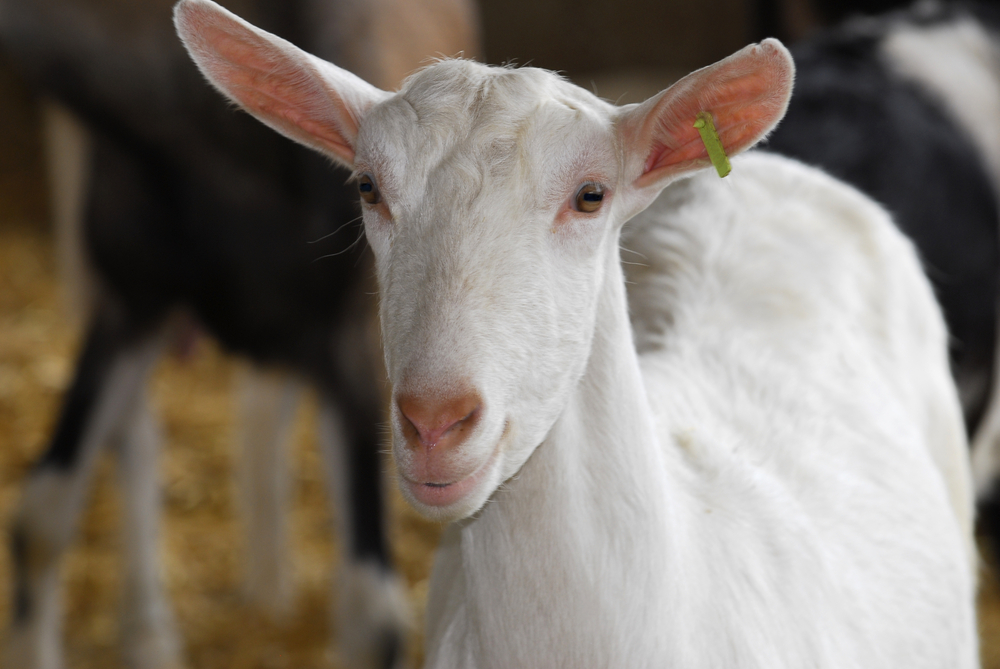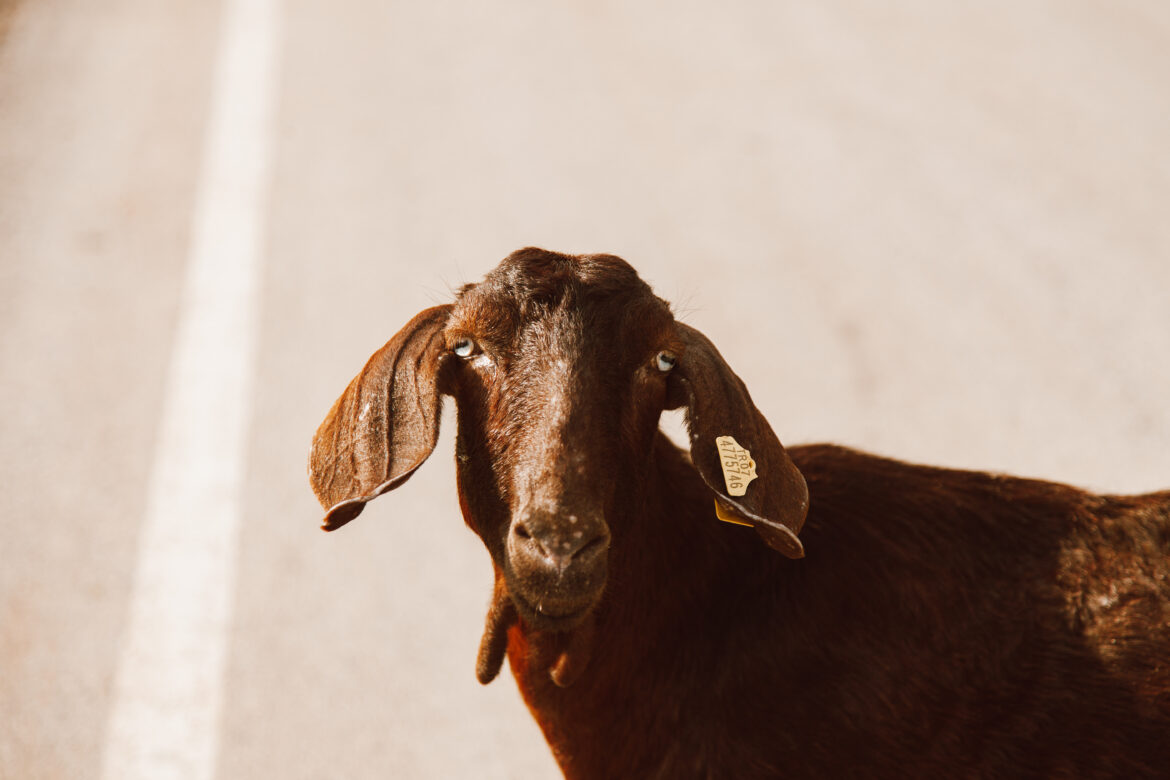Goat ear tagging is a modern practice that is becoming increasingly popular among goat owners. It has distinct advantages over traditional methods of tracking and identification and provides an efficient way to keep track of herds.
This article will take a closer look at the processes involved in goat ear tagging, as well as the benefits it brings for farmers and ranchers alike.
From improved animal welfare to increased security against theft, this new technology could revolutionize the way we care for our livestock.
History of Goat Ear Tagging

Source: dailyrepublic.com
The practice of goat ear tagging has been around for centuries. In the 1700s, farmers and herdsmen would use metal tags to keep track of their animals and prevent theft.
It wasn’t until World War II that a more modern method was developed when it became necessary for government agencies to monitor livestock populations across the country.
This led to the development of RFID technology which allows herders to quickly and easily identify individual goats and track their health histories. With this new technology, breeders were able to accurately record information about each animal to improve herd management practices over time.
Today, goat ear tags are even more sophisticated as they use advanced scanning capabilities with encryption methods providing greater security against mismanagement or theft while also improving accuracy when monitoring disease outbreaks on farms worldwide.
Modern Practices of Goat Ear Tagging
Modern practices of goat ear tagging involve using high-tech RFID tags as well as barcode or visual tags that can be scanned by readers or smartphones.
These tags contain data chips that allow for quick scanning without the need for direct contact with the animal itself, providing an efficient and accurate way to identify each goat.
This technology also enables farmers to access comprehensive databases with up-to-date information on their goats’ health status, age, weight measurements, location details, etc., all from one centralized system linked directly with the tagged ears themselves!
By utilizing this advanced method of identification and tracking, producers can monitor herd health and movement patterns more accurately than ever before while also protecting against theft through secure encryption methods. Ultimately, modern practices of goat ear tagging have revolutionized how farms across the world manage their herds today!

Source: encyclopedia.pub
Benefits of Using Goat Ear Tags
Goat ear tagging is a modern practice that offers many benefits for both farmers and goats alike. The tags are used to identify individual animals, making it easier to monitor their health over time.
They also make it simpler for farmers when grazing multiple herds on the same property or selling animals in markets. For goats, the tags protect against theft and straying as well as help expedite veterinary care if needed.
By wearing an identifying tag, lost or stolen goats can be traced back quickly to their owners which can save precious time and money in recovery efforts. Additionally, goat ear tags enable breeders to keep track of lineage data which allows them to better evaluate genetic traits from breeding programs with greater accuracy.
Overall, using goat ear tags provides numerous advantages such as improved animal management practices, streamlined identification processes, and enhanced safety measures for both farmers and livestock alike.
With so many benefits available at minimal cost investment, this modern practice is becoming increasingly popular among those who work with goats regularly.
Conclusion

Source: www.aces.edu
Goat ear tagging is a modern practice that provides numerous benefits for goat farmers. By using tags, it allows them to easily identify their goats and keep track of each animal’s health and performance.
This method also helps protect the herd from disease, theft, or injury by quickly establishing ownership of the animals in question. Additionally, ear tagging can help reduce labor costs since less time is spent on manual record-keeping.
Ultimately, goat tags provide an effective solution for both identifying and protecting animals while simultaneously helping to optimize efficiency levels on farms across the world.

